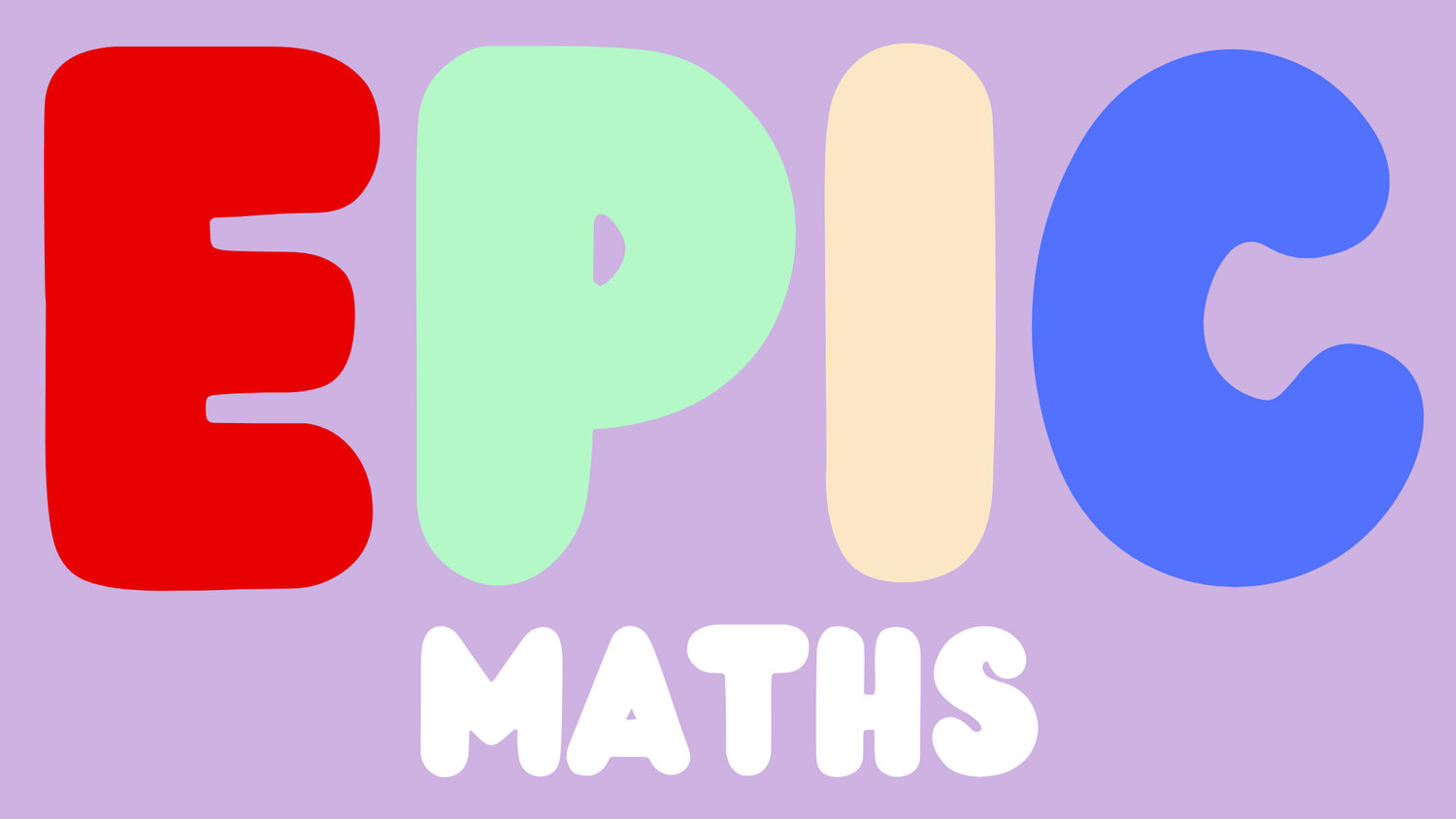Empowering Neurodiverse Students Through Maths
Maths tutoring sessions are a unique opportunity to support and empower neurodiverse students in their learning journeys. With diverse learning styles and needs, it is essential for tutors to create an inclusive and supportive environment.
The mainstream education system is often centred around conformity, with neurodiversity often being neglected or overlooked. It's crucial to acknowledge that everyone’s cognitive processes differ, not only because of their life experiences and cultural background but also by the distinct functioning of their brain.
Individual tutoring sessions mean that not every student has to fit into the same uniform mould.
Their education experience can be tailored to fit their unique set of strengths and needs.
In this blog post, we will explore effective strategies that enhance the maths tutoring experience for neurodiverse students, guiding them to reach their full potential.
1. Individualised Assessment and Tailored Support
A tutor will begin by conducting an individualised and informal assessment that helps to identify the specific strengths and challenges of a student.
This allows tutors to tailor the lessons to address any knowledge gaps consider the learning preferences of a student.
They can then provide targeted guidance and create a solid foundation to build the student’s learning journey.
2. Visual Learning Aids and Multisensory Approaches
The use of visual learning aids like graphs, charts and manipulatives help to make abstract math concepts more tangible and accessible.
Visual representations allow neurodiverse students to have a fuller understanding of information.
The incorporation of multisensory approaches by encouraging hands-on activities, personalised questions and using tactile materials.
Integrating multiple senses enhances understanding and engagement in a student’s learning journey.
3. Step-By-Step Approach and Scaffolded Learning
Tutors break down complex maths problems into manageable steps, which helps to guide neurodiverse students through the problem-solving process.
This step-by-step approach helps students to develop a clear understanding of the different concepts without becoming overwhelmed and to build confidence in their own ability.
As students progress through their learning journey, tutors will gradually reduce assistance and provide more opportunities for independent problem-solving.
Scaffolding the learning process ensures a supportive environment while fostering independence and skill development.
4. Differentiated Instruction and Accommodations
Tutors are able to easily adapt their teaching methods to suit an individual’s distinct learning needs and preferences.
Individual tutors have the ability to provide a variety of instructional approaches.
They tailor explanations and examples to each individual’s learning style.
By offering differentiated instruction and accommodations, tutors empower students to access and engage with lesson material effectively.
5. Positive Reinforcement and Growth Mindset
Through individual tutoring, students and tutors build authentic and understanding connections with each other.
This allows the tutor to give regular and real positive reinforcement and celebrate the progress and achievements of students.
They recognise the student’s efforts, no matter how small, and create a solid growth mindset.
Tutors reinforce the student’s confidence and can emphasise that mistakes are part of the learning process and skills will improve through practice and perseverance.
By creating a positive and safe environment, tutors build confidence and motivation in their students.
With the use of these strategies and the celebration of the unique make-up of every human brain, an understanding tutor will help students thrive in maths and achieve academic and personal successes.
Contact EPIC Maths now to make maths fun for your child.
